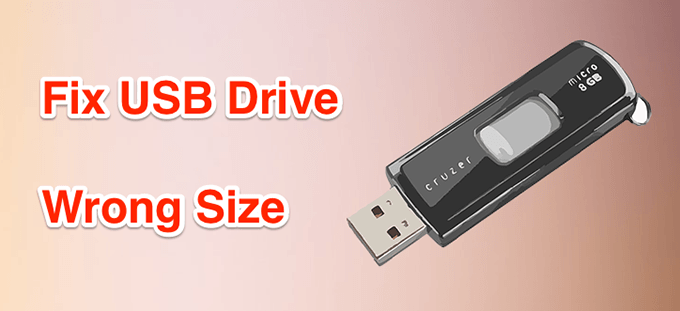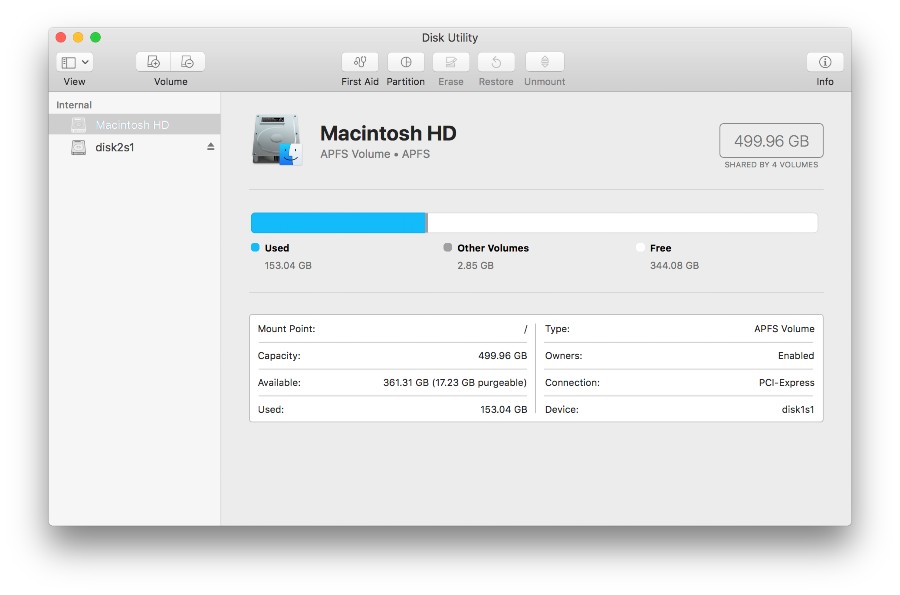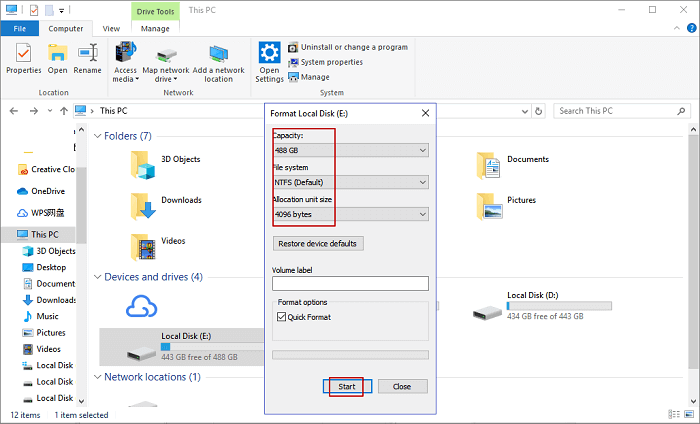

- #FORMAT FLASH DRIVE FOR MAC AND USB HOW TO#
- #FORMAT FLASH DRIVE FOR MAC AND USB INSTALL#
- #FORMAT FLASH DRIVE FOR MAC AND USB SOFTWARE#
- #FORMAT FLASH DRIVE FOR MAC AND USB WINDOWS#
Mac system provides support for different file systems. There are some flash drives that need to be first formatted before you store data on them. Not every USB flash drive available out there can be used with your Mac system right away after buying it.
#FORMAT FLASH DRIVE FOR MAC AND USB HOW TO#
#FORMAT FLASH DRIVE FOR MAC AND USB WINDOWS#
#FORMAT FLASH DRIVE FOR MAC AND USB SOFTWARE#
Top 8 USB Flash Drive Data Recovery Software.How to Fix and Recover a Corrupted Flash Drive without Forma.Top 10 World`s Best Flash Drive Recovery 2021.How to Recover Deleted Files from Flash Drive.How to Recover Corrupted Files from USB Drive.Best Tool to Recover Corrupted Files from USB Flash Drive.Best Solution to Recover Files from Corrupted Flash Drive.How to Recover Files from USB Using CMD.How to Recover Files from USB Flash Drive.How to Recover Deleted Photos from PenDrive.The Easiest Way to Recover Data from Pendrive.



#FORMAT FLASH DRIVE FOR MAC AND USB INSTALL#
In theory, there’s no reason why you couldn’t boot an older version of macOS, and Apple does offer ways to install older versions on a USB. Can I boot older versions of macOS from a USB drive? Our testing gave us no issues when using a USB 2.0 to USB-C connector, so you’re able to press your older USB drives into service. Am I able to use a USB connection other than USB-C? We recommend 16GB to give yourself enough “wiggle room” when it comes to the installation process. As such, you’ll need a large enough USB drive to store Big Sur. In our experience, you will not be able to do this. Can I split an installation across multiple USB drives? Disk operations on the boot drive can be performed safely from a USB stick as well. You can now run the operating system as normal and use this USB drive to boot up your Mac. If you’re using an Apple Silicon machine, you’ll need to insert the USB drive, shut the Mac down, then reboot and hold the Power key until you come to the Startup Manager.įor Intel Macs, restart and hold the Option key to enter into the boot selection dialog.įor both types of machines, use your keyboard’s arrow keys to select the USB drive from the list of bootable devices, click to confirm, and your USB drive will begin to boot. You could also use the Startup Manager to select your boot drive when you start macOS. Your Mac will reboot from the USB instead of your default startup disk.


 0 kommentar(er)
0 kommentar(er)
